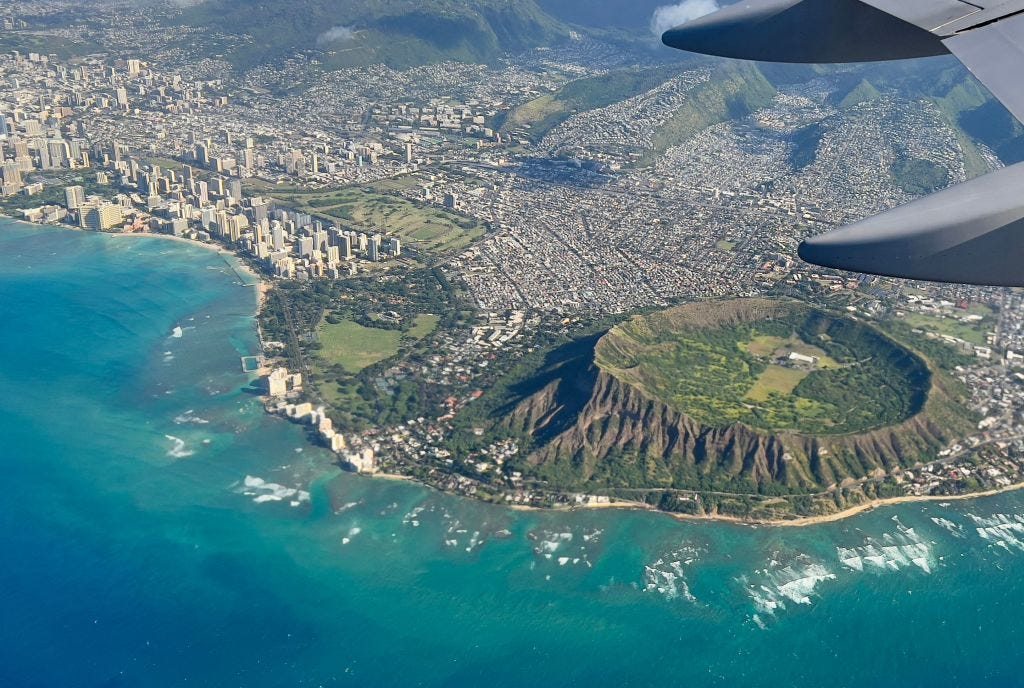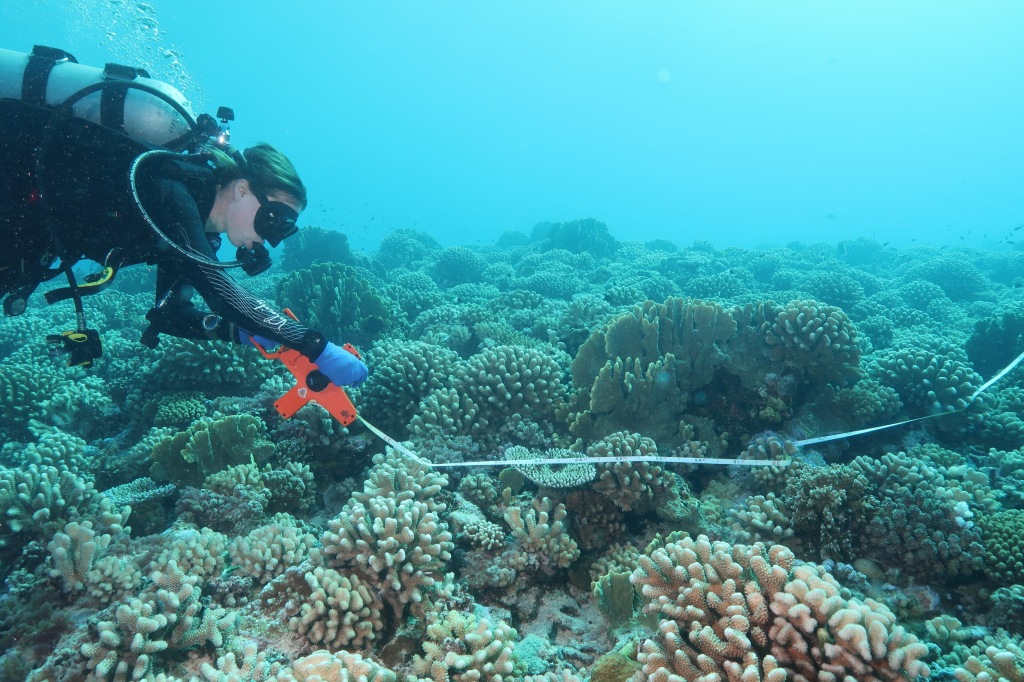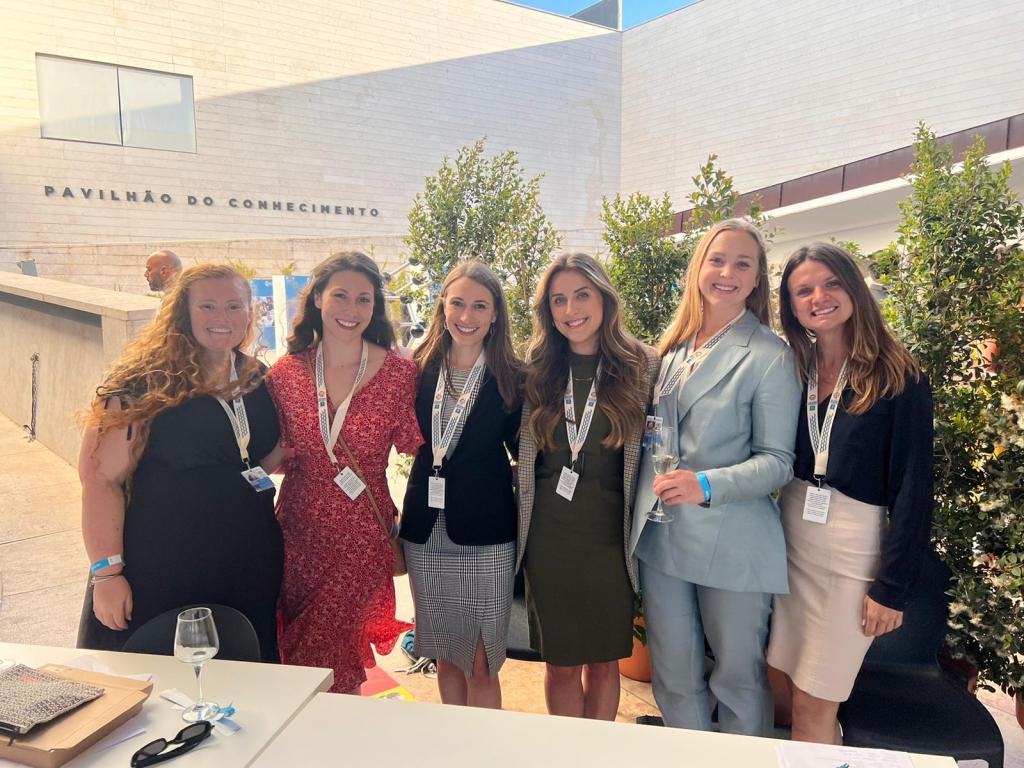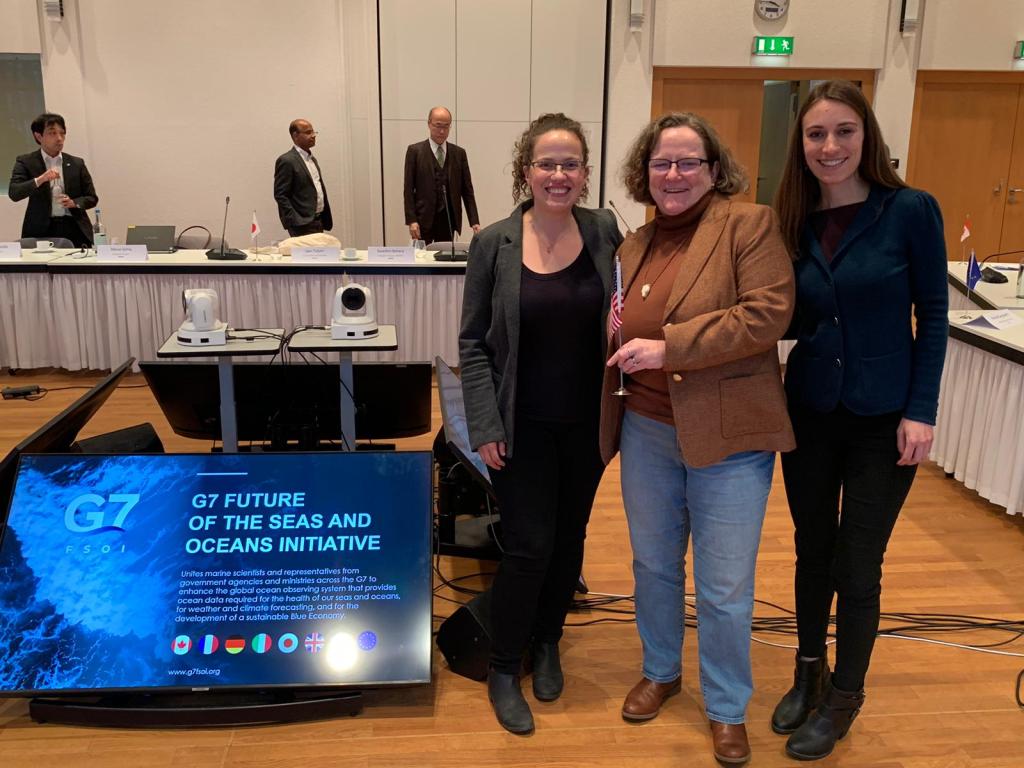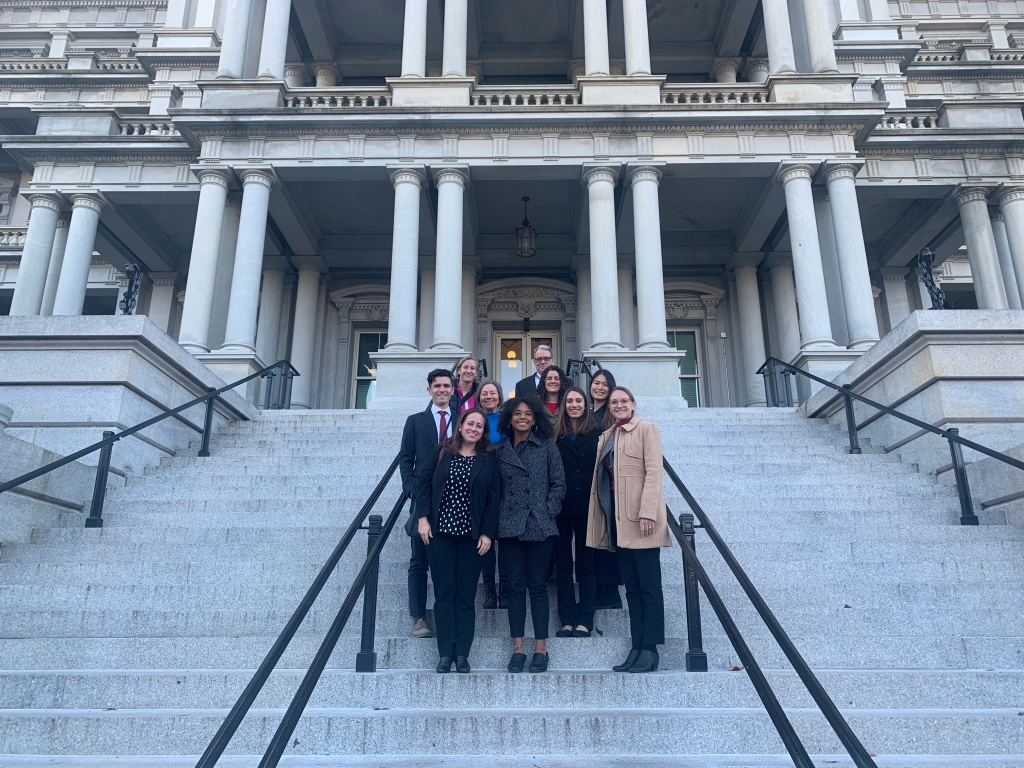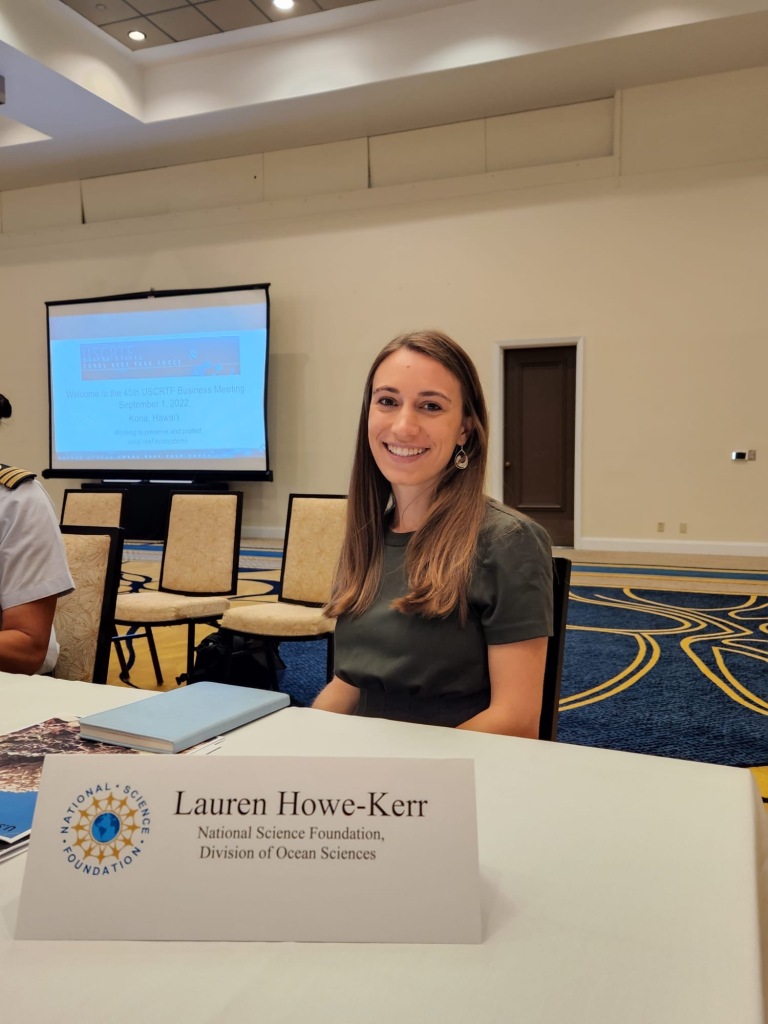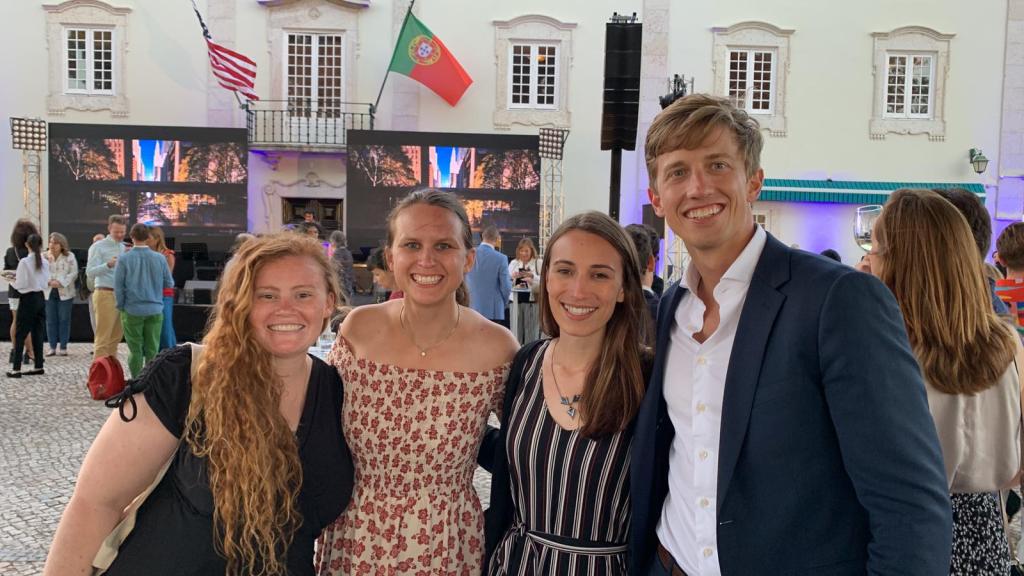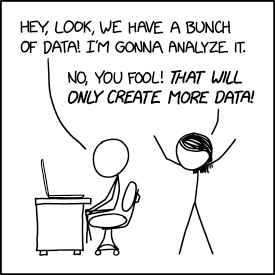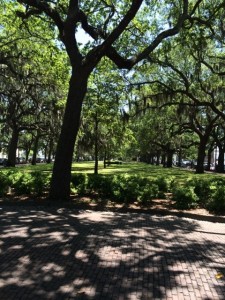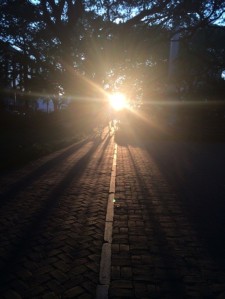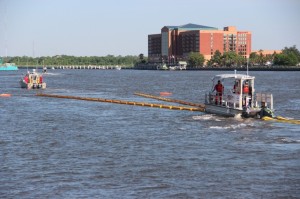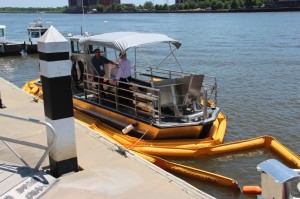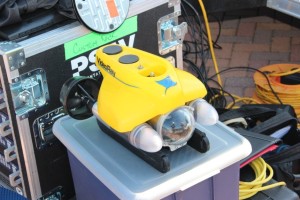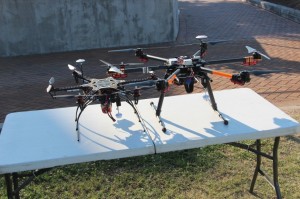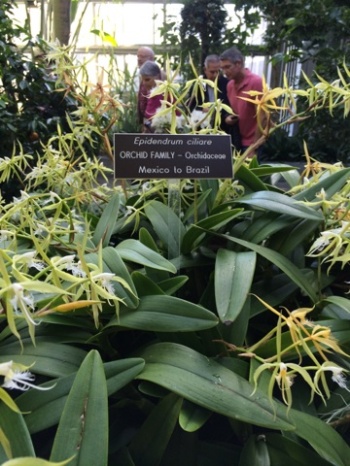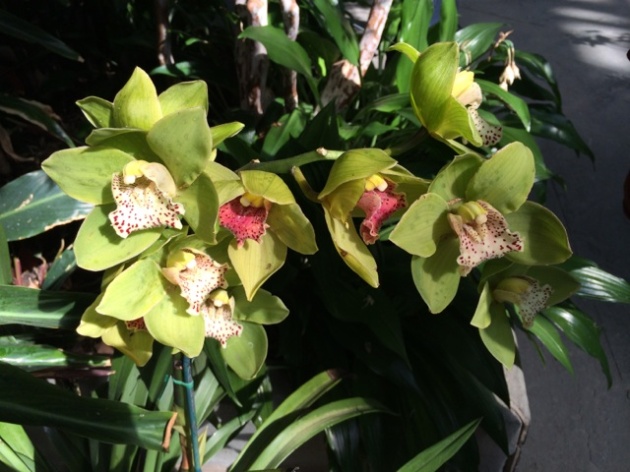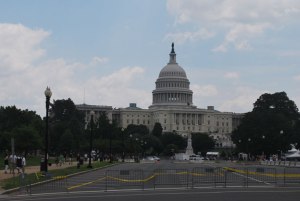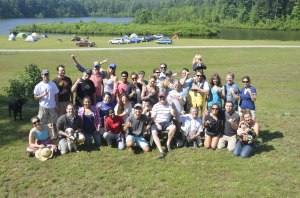Hello! My name is Kaitlyn Schroeder-Spain and I was the 2015 Texas Sea Grant Knauss Marine Policy Fellow. I wrote this blog to summarize my experiences throughout the year – and to hopefully answer some common questions. In short, the Fellowship is a once in a lifetime opportunity and I highly recommend joining the Knauss and Sea Grant family if given the chance!
Do I need a PhD, JD, or MS? First, Knauss Fellows are diverse! Some are scientist going for their PhD or Masters, and some are lawyers. Regardless, I think we all have a shared passion for service, as well as caring for our oceans and coastal communities. I did the fellowship before finishing my PhD (i.e., during my PhD). It’s definitely been a challenge, but well worth it. You may be on a different path, however – many fellows defended/graduated just before beginning the fellowship, other defended during the fellowship, and some (like me) went back to finish their degrees after the fellowship.
What’s your background? I am a first generation college student in my immediate family, and am currently finishing-up my PhD in Coastal and Marine System Sciences (CMSS) at Texas A&M University-Corpus Christi (TAMU-CC). I chose to pursue my PhD in CMSS and focus on marine ecotoxicological research, because I want/ed to conduct research that provides relevant scientific information to policy-makers. I first became interested in research while at the University of North Texas (UNT), where I graduated summa cum laude with B.S. in Biology in 2010. At UNT, I was a Ronald E. McNair Scholar and Emerald Eagle Scholar; I worked on a research project with marine fishes for two years and fell in love with research. My mentors and time at UNT have continued to influence me, as this is where I first learned the importance of camaraderie among women and other groups because it can inspire others to become involved in science. To complete my PhD research, I mentored and supervised several undergraduates, many of whom were women and were participating in summer REU programs, McNair, or similar programs at TAMU-CC. Collectively, my experiences as a teacher, mentor, and researcher inspired me to consider the broader applications of research like mine and others. And in pursuit of this knowledge, I applied for the fellowship.
What’s your research about? (shameless plug) I work in Dr. D.L. Smee’s Marine Ecology Laboratory at TAMU-CC. Briefly, my research focuses on the effects of common mosquito/vector control toxicants on an important ecological and commercial species, the blue crab (Callinectes sapidus). Results indicates that blue crabs can become uncoordinated, and less able to escape predators and catch prey, when exposed to low, legally allowable concentrations of pesticides. This work has broader implications for policy-makers, as pesticide exposure may contribute to crab population declines.
What did you do during your fellowship? I was an Executive Fellow at the National Science Foundation (NSF) in the Division of Ocean Science (OCE). But there are many opportunities – including placements at other agencies like NOAA, EPA, DOE, FWS, BOEM, others (i.e., Executive Fellows), as well as positions on the Hill (Legislative fellows). As a Fellow, I primarily worked on two major projects: (1) an internal workforce study for the OCE Division Director, and (2) an interagency effort to develop national guidelines for science programs that support ecosystem based management. The latter project included working closely with a “Science Team” of 10 scientist-who-also-do-policy from several agencies. I met some pretty amazing people. I also had the opportunity to learn about the NSF peer-review process and sit-in on some panels. The NSF Fellow before me, however, organized/led a review panel – so there’s a lot different opportunities at NSF. Note: Placements opportunities vary year to year.
So, what else did you do? Importantly, I learned a lot and I had a lot of fun (see photos below!). In addition to the opportunities associated with my projects, I attend scientific and policy lectures (including one given by a Nobel Laurette), career development workshops, and NSF “field trips”, including bowling at the White House/Eisenhower Building! I also joined the NSF Mentor-Mentee Program (as a mentee), which helped me maneuver through the fellowship. Lastly, the fellowship is a great career opportunity – but don’t forget to go outside, enjoy D.C., and to travel to nearby areas.
Any advice on the application process? This topic could be its own blog. It may sound trite, but the best advice I have is: be yourself, follow your gut, and don’t be afraid to ask questions. A quote from Mahatma Gandhi that has been on repeat for me this past year is: “May your choices reflect your hopes, not your fears”.
From me, to you: Additional Recommendations for Potential Fellows. Explore the Texas and National Sea Grant webpages! Also, don’t hesitate to contact me (kaitlyn.schroeder@tamucc.edu), and/or other alumni! We love answering questions. Personally, I talked to a couple of fellows before applying. It’s also highly recommended (hint: possibly required for some programs) that you contact the Texas Knauss Sea Grant program directly (or your home state program if you’re not lucky enough to be the great state of Texas). When I applied – and as of the date I wrote this blog – you should contact the Texas Sea Grant Research Coordinator, Mia Zwolinski (mzwolinski@tamu.edu; 979-458-0449). I think this step is IMPORTANT, even before you apply! Before I applied, I spoke with the coordinator at the time and I found it very insightful. That conversation helped me determine that I might be a good fit, and motivated me to submit an application.
My year in photos:

